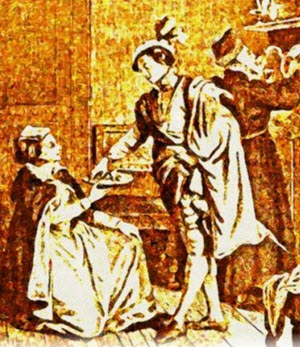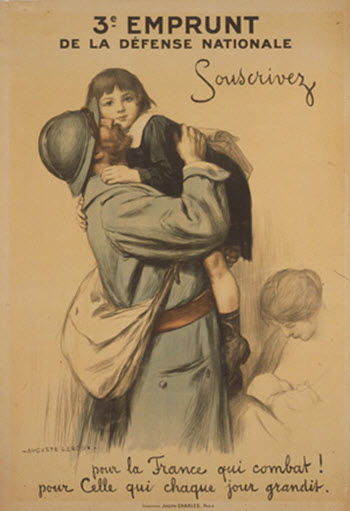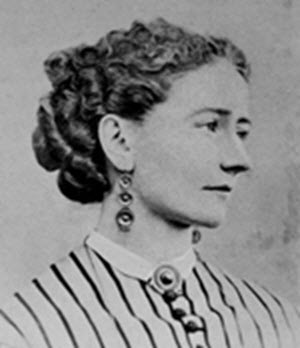Medieval Libraries and Manuscripts
Sometimes this book-cupboard supported a revolving desk, which could be raised or depressed by the help of a central screw—like those I shewed you just now; sometimes [Pg 60]the desk alone appears, with books laid on it. The forms given to these pieces of furniture by the ingenuity of those who made them are infinite; and they often include beautiful designs for armchairs, fitted with desks for writing. I will shew you just one—not because it is specially beautiful, but because it gives a quaint picture of a scholar's room at the beginning of the fifteenth century[5].
Here Time—as represented by yonder clock—holds up his finger and bids me stop. I would fain have shewn you more pictures—but I hope that you have seen a sufficient number to give you some idea of the surroundings in which our forefathers read and wrote. I am sure that only in this way can we realise that they were real living people—not mere names. Their modes of thought were far different from ours; they may have wasted their time in verbal subtleties, and uncritical tales; but the more we study what they did, the more we shall [Pg 61]realise how laborious, how artistic, how conscientious they were; and amid all the developments of the nineteenth century, we shall gratefully confess that the Middle Ages rocked the cradle of our knowledge, and that we "See but their hope become reality."
ILLUSTRATIONS.
1. Interior of a library, from Boethius.
2. General view of part of the library attached to the Church of S. Wallberg at Zutphen.
3. Desk in the library at Zutphen.
4. Bookcase in Hereford Cathedral.
5. Bookcases in the library of the University of Leiden.
6. Bookcases at west end of south side of library, Cesena.
7. Part of a single bookcase in the library, Cesena.
CAMBRIDGE: PRINTED BY C.J. CLAY, M.A. & SONS, AT THE UNIVERSITY PRESS.






